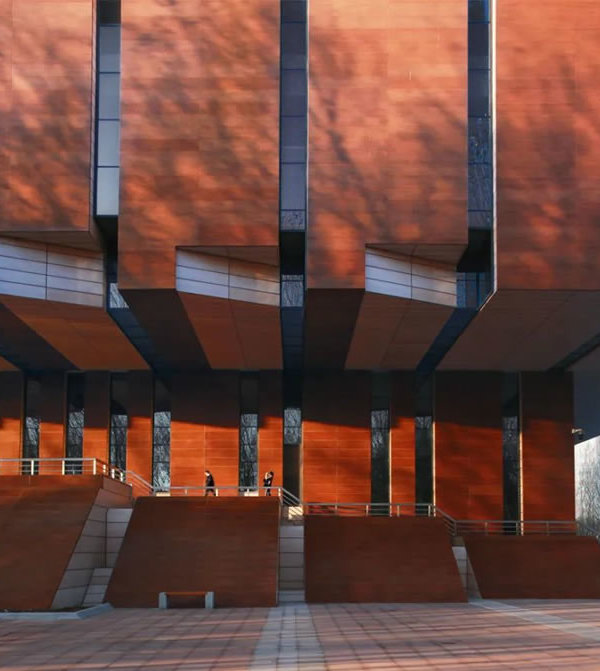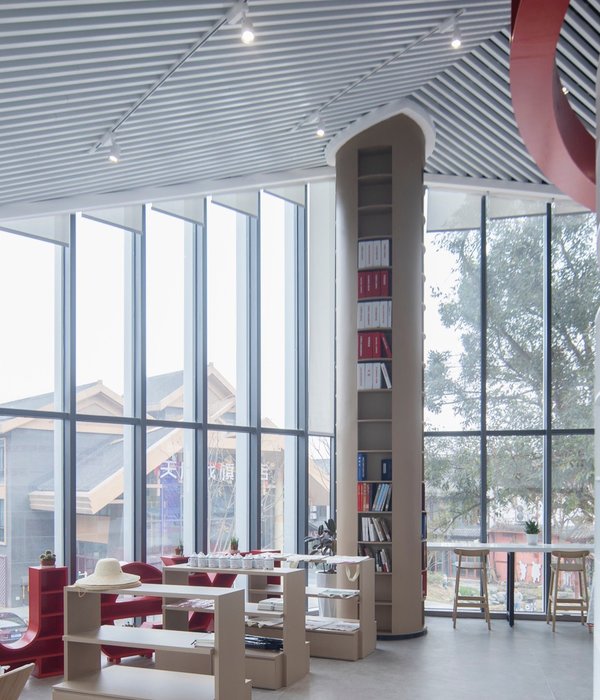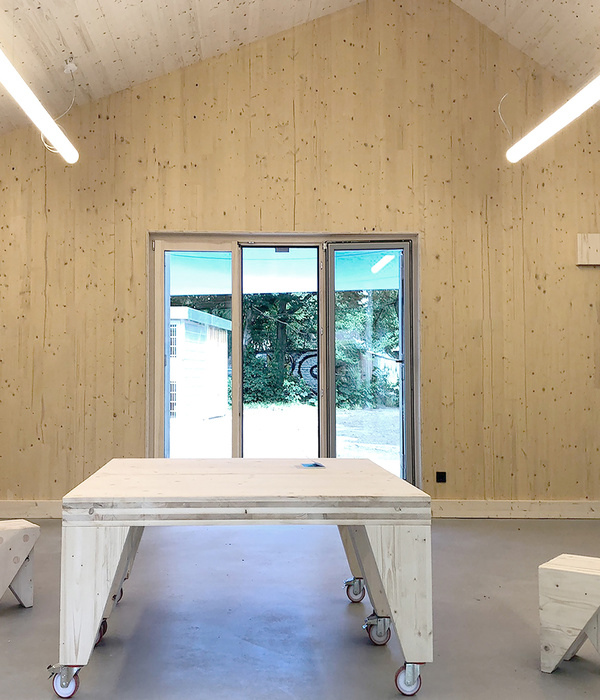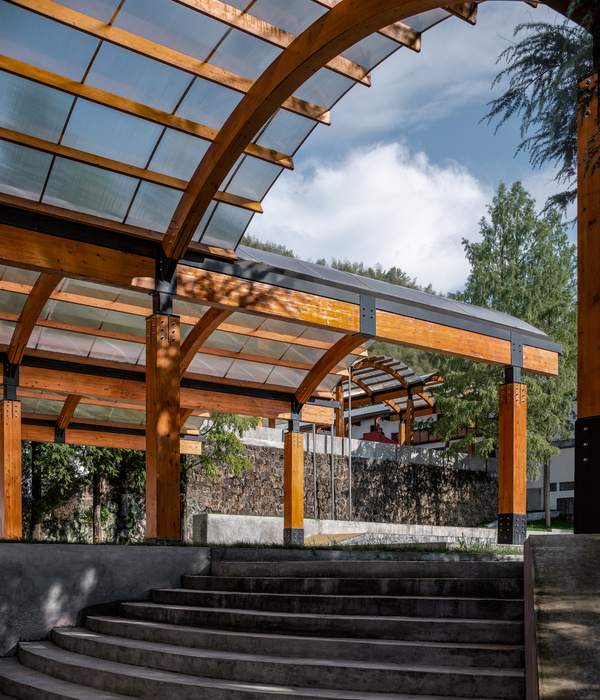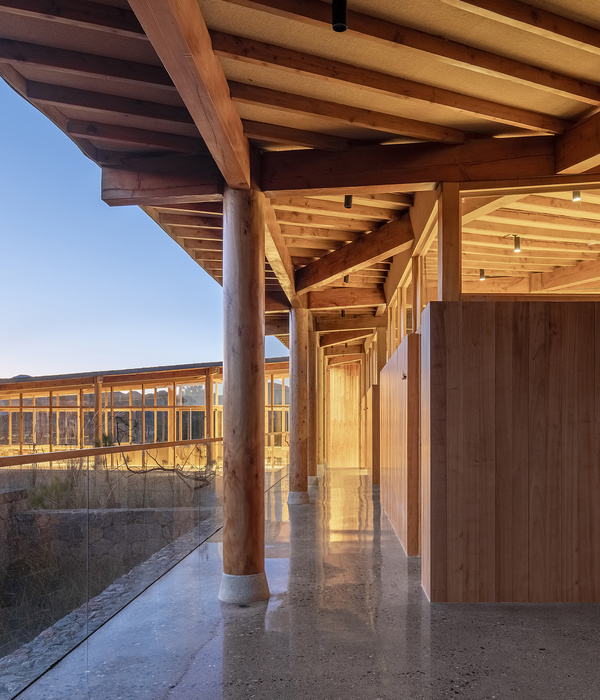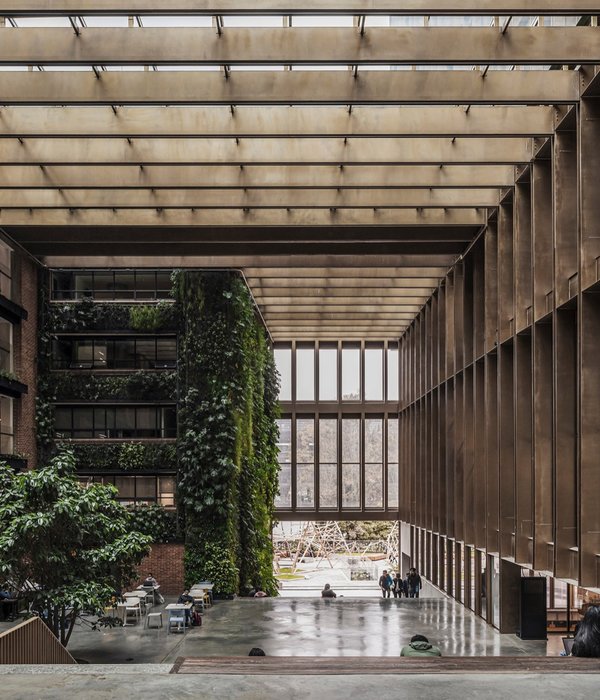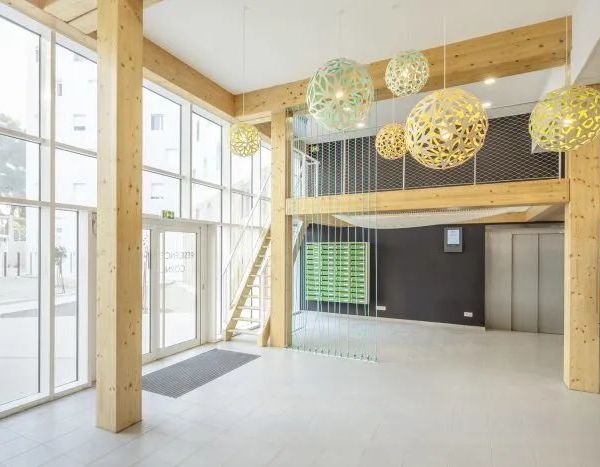麦克坦-宿雾国际机场(MCIA)是菲律宾第二大机场。
为了满足客流需求,1号客运大楼将作为国内客运大楼投入运营,并计划兴建的新2号客运大楼落成后,供国际客流使用。综汇建筑受邀设计新2客运大楼。
扩建后的设施有望将MCIA从一个城市级的机场转变为世界一流的国际枢纽,成为通往菲律宾中部地区的门户机场。
Mactan-Cebu International Airport (MCIA) is the second largest airport in the Philippines. To meet traffic demands a new Terminal 2 for international traffic is planned to supplement the existing Terminal 1, which will be converted to Domestic use when T2 completes. Hong Kong-based architect, Integrated Design Associates, was invited to design the new terminal. The expanded facility is expected to transform MCIA from a city airport to a world-class international hub, as the main gateway to the central Philippine region.
新的2号客运大楼在初期阶段的设计年客流量为400万人次,预计在未来10年内将增至8万人次。模块化的设计方式允许逐步地扩展,以满足未来的变化。
The new Terminal 2 is designed for 4 million passengers per annum (MPPA) at the initial phase of development, and is anticipated to grow to 8 mppa within the next 10 years. The modular design allows the terminal to expand incrementally, a basic building block configured for optimum adaptability to meet future change.
宿雾是国际知名的度假胜地。新的2号客运大楼是该地区旅游胜地的门户,其设计旨在呼应度假的感觉,同时起到交通枢纽的作用。
其概念植根于本地文脉。客运大楼就像菲律宾本地传统热带大寨,有着高耸坡顶和低伏侧檐,可以减少直射日光造成的热量和眩光。
顶层轻质结构可以承受地震的影响,其形状也可以很好地抵御台风。该结构由环保建筑材料制成,并能够由本地工匠建造。
该建筑散发着简约和温暖的气息,使其区别于众多机场中常见的冷酷刻板形象。新的2号客运大楼旨在为乘客提供一种全新的体验。
Cebu is an internationally well-known holiday destination. The new Terminal 2, as the gateway to tourist resorts in the region, is designed to echo a resort-like feel while function as a transport interchange. Its concept is contextual. Like a tropical grand indigenous house in The Philippines, the terminal has a high pitch roof and low eaves to fend off solar heat and glare. The uppermost structure is lightweight to withstand seismic activity and its form is well braced against typhoons. The superstructure is made from sustainable material and capable to be built by local craftsmen. The building exudes simplicity and warmth to stand it apart from the institutional coldness typified by many airports. The new Terminal 2 is designed to offer a new experience for passengers.
3层的客运大楼包括顶层的出发设施,地面和夹层是抵达设施。
其屋顶由连续的跨度30m的胶合层压板木拱支撑,定义了建筑的模块化结构及其建筑形态。
空调系统完全集成在拱形屋顶的山谷中,而拱顶的天窗则可让自然光进入。
高15m的南北主立面,由悬挑的屋顶保护,提供了清晰、不间断的建筑景观。
屋顶的朝向以及建筑从入口到登机的通透,为乘客在建筑内行走提供了明确的方向感。
The 3-story Terminal building comprises of Departure facilities at the top level and Arrival facilities at ground and mezzanine levels. The main roof structure, composed of arrays of glulam arches spanning 30m, defines the building modular composition and its architectural form. Air-conditioning ducts are fully integrated into the valleys of the vaulted roof, while the apex of the arch has skylights to let in natural light. The 15m high main north and south fa?ades, protected by the roof overhangs, offer clear, uninterrupted views out of the building. The orientation of the roof and clear visibility from kerb side to aircraft provide an unequivocal sense of direction for passengers moving through the building.
MCIA项目在建设过程中已打破了一些记录。集成的木材结构-由经认证的可持续产地的云杉制成,是世界上同类产品中规模之最,也是亚洲第一次有重要的交通类建筑,因其低碳足迹,易于安装和自然的完成面而被选择。
大胆的设计成就了一个著名的地标。这是一个值得骄傲的标志,也展现了宿雾最美好的一面。
The MCIA project has already broken a few records during its construction. The glulam timber structure, made of spruce from certified sustainable source, is the biggest project of its kind in the world. The use of laminated timber is another first for a major transport building in Asia, and is selected for its low-carbon footprint, ease of erection and a natural self-finish. The bold design is a celebrated landmark; a symbol of pride and a showcase of the best Cebu have to offer.
建筑师:综汇建筑
地点:菲律宾 宿雾
面积:53000平方米
推荐一个
专业的地产+建筑平台
每天都有新内容
合作、宣传、投稿
请加
{{item.text_origin}}


